Published on 23 Feb 2024
Understanding the Distinction between CoolSculpting and Liposuction
- ByMedical Content Team
- Medically Reviewed byDr. Sabine Kulhanek
Fact checked

With the rise of social media and a greater emphasis on physical attractiveness, individuals are seeking effective ways to slim down and sculpt their bodies. From dieting and exercise regimens to surgical and non-surgical treatments, there is a wide range of options available to help individuals shed excess fat, tone muscles, and enhance their overall appearance.
Two of the most popular body-contouring procedures are CoolSculpting and liposuction. These procedures offer effective solutions for targeting stubborn fat deposits that seem resistant to diet and exercise. While both methods aim to help you achieve your desired body shape, they differ significantly in terms of approach, invasiveness, recovery time, and results.
CoolSculpting is primarily utilized for removing small amounts of fat to achieve mild to moderate results. On the other hand, liposuction is typically employed for larger fat tissue removal but involves a more invasive approach with potential complications.
In this blog post, we will explore the differences between CoolSculpting and liposuction. By explaining their unique characteristics, benefits, limitations, and considerations, we hope to provide you with valuable insights that can assist in making an informed decision about which option may be best suited for your individual goals and preferences.
Comparing CoolSculpting and Liposuction Procedures
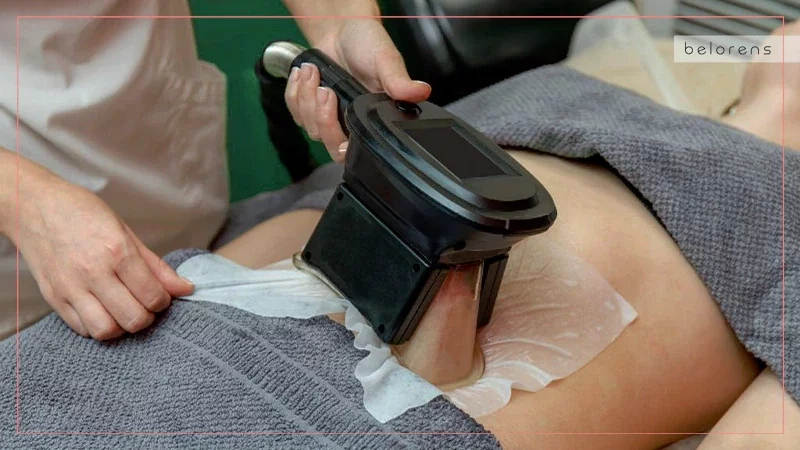
CoolSculpting procedure
CoolSculpting, also known as cryolipolysis, is a noninvasive medical procedure that effectively eliminates excess fat cells beneath the skin without requiring surgery. During a session, a specially trained provider uses a tool to cool and clamp down on a roll of fat until it reaches freezing temperature.
Over time, the body naturally flushes out the frozen fat cells through the liver. Results can be seen within weeks after treatment, with final results appearing after several months. Since it's nonsurgical, there are no incisions or recovery period involved.
A CoolSculpting session lasts between 30 minutes to 1 hour; multiple treatments might be recommended over several weeks for optimal outcomes with initial results visible in just weeks following treatment completion. Full results for Coolsculpting can usually be observed approximately three months post-treatment while swelling reduction and complete outcome visibility after Liposuction may take several months
Liposuction procedure
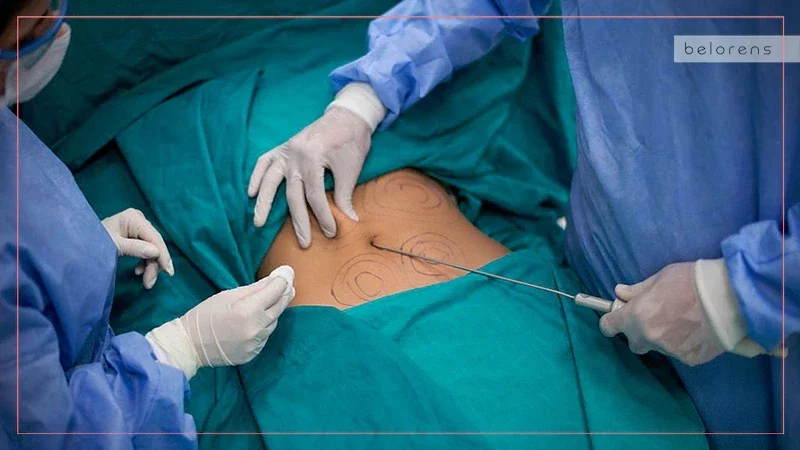
In contrast to CoolSculpting, liposuction is an invasive surgical procedure that involves cutting, stitching, and anesthesia administration. The surgeon makes small incisions using a scalpel around the targeted areas and then employs a narrow tool called a cannula to loosen and remove fat cells by vacuum suction.
Depending on the size of the treated area, liposuction typically takes 3 to 4 hours under general or local anesthesia. Typically, a single liposuction procedure is sufficient for most individuals to achieve desired outcomes.
Generally, liposuction is performed as an outpatient procedure, allowing patients to return home on the same day as their surgery. However, if a significant amount of fat is removed during the procedure, an overnight hospital stay might be necessary for observation.
Coolsculpting vs. Liposuction Pain and Recovery
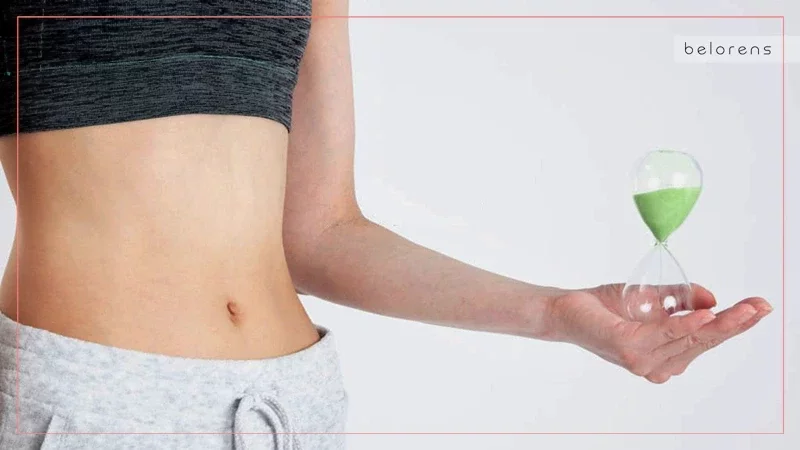
CoolSculpting is generally associated with minimal pain. Some individuals may experience mild sensations of tugging, aching, or stinging during the procedure. Afterward, the provider will massage the treated area to aid in breaking down frozen tissue, which might cause slight discomfort for some individuals.
Liposuction, on the other hand, involves anesthesia administration during surgery to ensure a pain-free experience. However, it is common to experience moderate pain for approximately three days following the procedure. The level of pain can vary among individuals but should not be unbearable. Your doctor will prescribe appropriate pain medications to help alleviate any discomfort you may have. Soreness around the treated area typically subsides entirely within four weeks after liposuction.
Recovery time after liposuction is usually brief and lasts only a few days. It's crucial to adhere to your surgeon's recovery recommendations which may involve wearing specialized bandages or limiting certain activities. Resuming strenuous activities should be delayed for about 2 to 4 weeks in order to ensure safe healing. Swelling reduction and full visibility of results may take several months.
Recovery times also differ between these procedures:
• CoolSculpting recovery usually requires no downtime or restrictions.
• Liposuction recovery generally lasts a few days before normal activities can be resumed.
• Strenuous activities should be avoided for 2 to 4 weeks post-liposuction.
• It may take several months for swelling to fully dissipate and final results to become apparent in both cases.
It's crucial to consult with your healthcare provider regarding specific details about post-procedure care and expected levels of pain or discomfort based on your individual circumstances.
Liposuction vs. CoolSculpting Effectiveness
Both CoolSculpting and liposuction yield similar results in terms of their effectiveness. These procedures are designed to permanently eliminate excess fat from specific areas of the body, such as the belly, thighs, arms, and chin. However, it's important to note that neither procedure is intended for weight loss purposes nor can they improve the appearance of cellulite or loose skin.
CoolSculpting Effectiveness
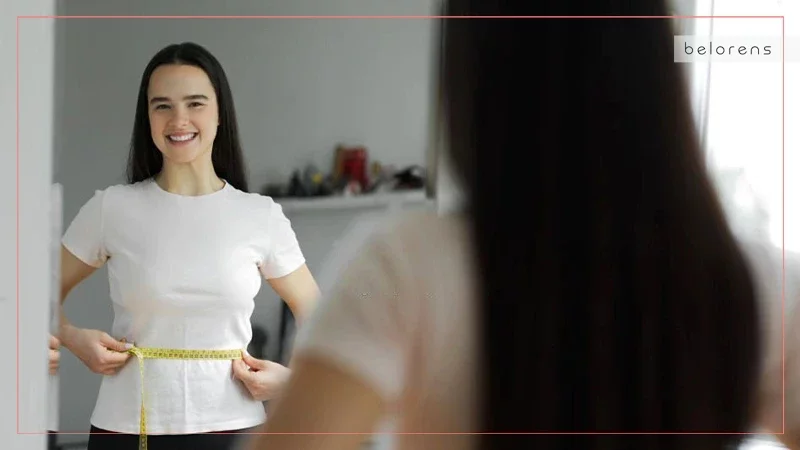
A study conducted in 2018 observed a group of 21 individuals who underwent CoolSculpting treatment. The findings revealed an average reduction of 21.6 percent in fat layer thickness after 30 days.
However, the authors suggested that larger-scale studies should be conducted to validate these results.
Liposuction Effectiveness
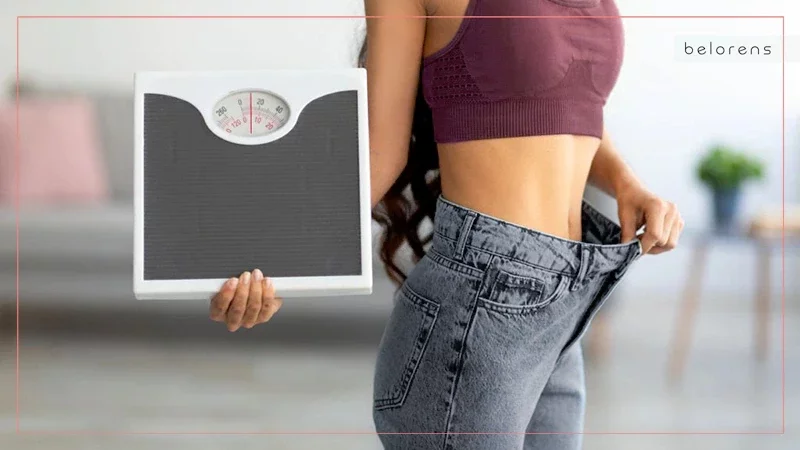
Following liposuction surgery, swelling is expected during the initial weeks. As a result, immediate visible outcomes may not be evident; however, final results can typically be seen within 1 to 3 months post-surgery. In a study involving 32 participants who had undergone liposuction between 2002 and 2014 and were followed up with an average period of 8.9 years later, high levels of satisfaction were reported. A total of 85.7 percent expressed willingness to recommend liposuction to friends or family members when asked about it.
It's worth mentioning that for this particular study mentioned above, out of the invited pool of participants (600 people), only those who responded were included in the analysis.
Also Read: 5 Tips to Maintain Liposuction Results for Long
CoolSculpting vs. Liposuction Cost
The cost of liposuction and CoolSculpting can vary significantly depending on various factors such as the treatment area, the extent of fat to be addressed, geographic location, the expertise of the healthcare provider, and additional fees associated with facility charges or anesthesia.
Both CoolSculpting and liposuction are considered cosmetic procedures, meaning they are typically not covered by insurance. As a result, individuals usually need to bear the cost themselves.
CoolSculpting Cost
The expense of CoolSculpting depends on various factors, including the specific body parts being treated and the number of areas targeted. On average, the price ranges from $2000 to $4,000.
Liposuction Cost
As a surgical procedure, liposuction tends to be slightly more costly than CoolSculpting. Similar to CoolSculpting, the overall cost can vary depending on which specific areas of the body require treatment. In 2020, the average cost for a liposuction procedure was approximately $3,637.
It's important to note that these prices are general estimates and can differ based on individual circumstances such as geographic location and additional factors related to each person's unique case. To obtain accurate pricing information tailored specifically to your situation, it is advisable to consult with a healthcare provider or specialist in cosmetic procedures.
Ideal Candidates for CoolSculpting and Liposuction
CoolSculpting Candidates
Most individuals can safely undergo CoolSculpting; however, certain conditions may increase the risk of complications. People with blood disorders such as cryoglobulinemia, cold agglutinin disease, or paroxysmal cold hemoglobinuria should avoid this procedure. Additionally, areas of skin affected by varicose veins, dermatitis, or open sores should not be treated with CoolSculpting.
Liposuction Candidates
People who have heart problems or blood clotting disorders, as well as pregnant individuals, are advised to avoid liposuction due to the potential for serious complications. According to the American Society of Plastic Surgeons' guidelines, these people are good candidates for liposuction:
- Adults within 30 percent of their ideal weight
- Those with good muscle tone and firm elasticity in the skin
- Those who do not have significant conditions that hinder wound healing
- Non-smokers
- People with a positive outlook and specific goals for body contouring
Comparing Side Effects
CoolSculpting Side Effects
As a non-surgical procedure, CoolSculpting carries no surgical risks. However, there are some side effects to be aware of. Common side effects of CoolSculpting may include:
- Sensation of tugging at the treatment site
- Aching, pain, or stinging
- Temporary bruising, redness, skin sensitivity, and swelling
Rare side effects may include a condition called paradoxical adipose hyperplasia. This uncommon occurrence leads to the expansion rather than elimination of fat cells following treatment. It is more frequently observed in men than women and can typically be addressed with liposuction.
Liposuction Side Effects
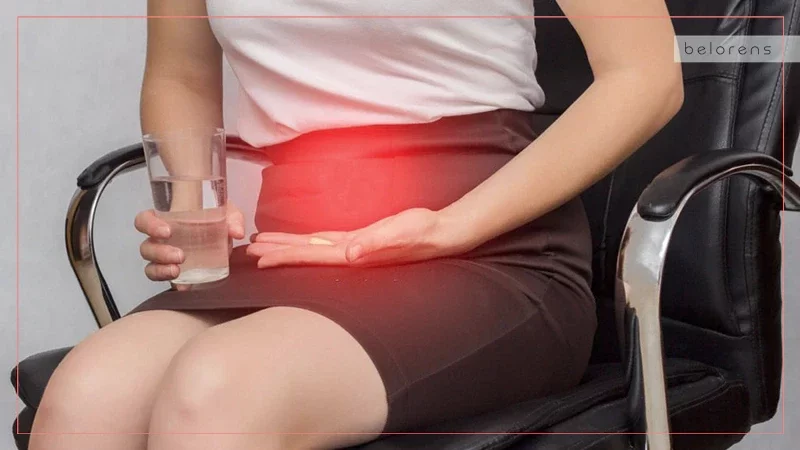
Compared to CoolSculpting, liposuction poses greater risks as it involves surgery. Common side effects associated with liposuction encompass:
- Irregularities in skin shape such as lumps or divots
- Skin discoloration
- Fluid accumulation that may require drainage
- Temporary or permanent numbness
- Skin infection
- Internal puncture wounds
While rare, serious side effects may include:
- Fat embolism: a medical emergency where a clot of fat is released into the bloodstream, lungs, or brain.
- Kidney or heart problems resulting from changes in body fluid levels during the procedure.
- Complications related to anesthesia if administered.
Key Takeaway
Both CoolSculpting and liposuction are surgical techniques aimed at permanently eliminating fat cells from specific areas of the body.
CoolSculpting is a less invasive procedure that offers quicker recovery time and carries a lower risk of complications, although its results may not be as dramatic compared to liposuction. On the other hand, liposuction can remove larger amounts of fat but entails a more invasive procedure with an extended recovery period and increased potential for complications.
It's important to note that neither treatment should be considered a substitute for maintaining healthy lifestyle habits such as following a balanced diet and engaging in regular exercise. To determine if you are a suitable candidate for either procedure, it would be advisable to consult with a board-certified plastic surgeon who can assess your individual circumstances.
CoolSculpting vs. Liposuction in a Nutshell
| CoolSculpting | Liposuction | |
|---|---|---|
| Procedure | Involves freezing fat cells through cryolipolysis technique | Small incisions made around treatment area followed by vacuum-assisted removal of fat cells |
| Procedure Duration | 30 minutes to 1 hour per session | 3-4 hours per session |
| Safety | Noninvasive procedure with minor side effects | Invasive surgery that may require anesthesia |
| Effectiveness and Results | Moderate results; eliminates up to 20-25% of fat cells in specific area | More dramatic results; can remove 5-8 liters of body fat |
| Side Effects | Temporary bruising or skin sensitivity | Potential serious complications such as anesthesia reactions or blood clots |
| Recovery Time | Little to no recovery period. | Recovery takes about 3 to 5 days with lingering effects for weeks |
| Time required to see full results | Typically a few weeks. | Up to a few months. |
| Cost | $2,000 to $4,000 | Avg. $3,637 |
| Number of treatments needed | Usually a few 1-hour sessions | One procedure is typically sufficient. |
| People and areas not suitable for treatment | Individuals with cold-induced conditions or certain skin conditions. | Pregnant individuals and those with heart problems or blood clotting disorders |




